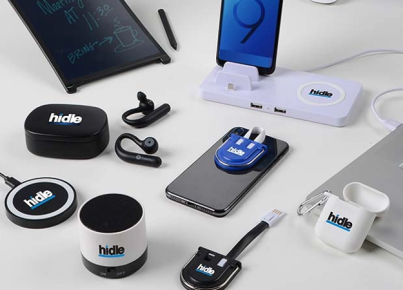Introduction:
QuickTime is a popular multimedia player developed by Apple for both MacOS and Windows. It offers several features, including the ability to record system audio as well as your voice. In this article, we’ll guide you through the process of recording system audio on QuickTime step by step.
Step 1: Install Soundflower
To record system audio using QuickTime, you will first need an additional tool called Soundflower. It captures system audio and makes it available for QuickTime to record. To install Soundflower, follow these steps:
1. Visit [Soundflower’s GitHub page](https://github.com/mattingalls/Soundflower/releases)
2. Download the most recent installation package for your system.
3. Open the downloaded package and follow the onscreen instructions to install Soundflower.
Step 2: Set up Soundflower
Once you have installed Soundflower, you need to set it up as an output device for your audio.
1. Click on the Apple menu and go to ‘System Preferences.’
2. Open ‘Sound.’
3. In the ‘Output’ tab, select ‘Soundflower (2ch)’ as your output device.
Now, all your system audio will be routed through Soundflower instead of your speakers or headphones.
Step 3: Prepare QuickTime for Screen Recording
Before recording, make sure you set up QuickTime correctly.
1. Launch QuickTime Player.
2. Go to File > New Screen Recording.
3. Click the arrow next to the red “Record” button.
4. In the drop-down menu, select ‘Soundflower (2ch)’ as the Microphone.
Step 4: Start Recording
You are now ready to record your system audio with QuickTime.
1. Press the red “Record” button in QuickTime’s screen recording window.
2. Choose whether you want to record your full screen, or drag to select a specific area.
3. Click “Start Recording” to begin capturing system audio.
Step 5: Stop Recording
To stop recording your system audio, follow these steps:
1. Click the ‘stop’ button in the menu bar (or use the appropriate keyboard shortcut).
2. QuickTime will automatically create a video file containing the recorded system audio.
3. Save the video file to your desired location.
Conclusion:
With Soundflower and QuickTime, you can easily record system audio on your computer. This can be useful for creating video tutorials, podcasts, or other multimedia content that requires high-quality audio capture. Just remember to switch back to your regular output device in System Preferences after you’ve finished recording!





